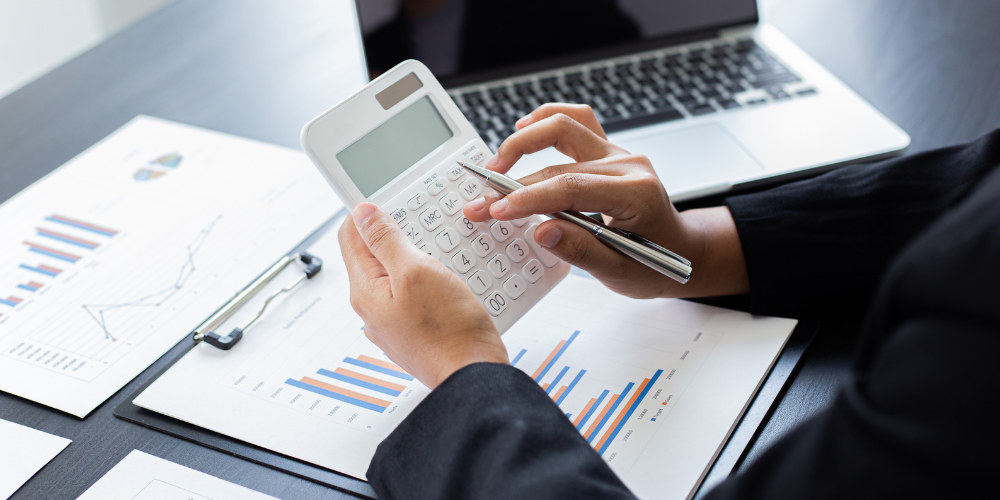The
reverse charge (or
reverse charge) is a mechanism that allows, in the event of the sale of goods or services, to make the VAT obligation fall not on the seller or provider, but on the recipient who is a taxable person.
Put simply,
the VAT reverse charge shifts the application of the tax from the seller to the buyer.
The Reverse Charge constitutes a derogation from the normal functioning of VAT , in which it is the transferor or provider who collects the tax and pays it to the Treasury. In fact, the payer of the tax becomes the transferee or the customer who "pays" the VAT.
The transferee / customer must note the invoice in Reverse Charge received (and duly integrated), or the self-invoice prepared autonomously.
With the reverse charge, the supplier of the goods or the service provider are not required to charge VAT on the invoice.
This mechanism is used by the legislator to
combat evasion phenomena . In fact, it was created to safeguard certain sectors deemed at risk of tax evasion from VAT fraud.
The Reverse Charge VAT regime is applied in various economic activities: from construction, with reverse charge in the construction sector and in subcontracts, to building cleaning services, plant installation activities, sale of buildings, up to the sale of mobile phones and PCs.
Reverse charge: what is it?
With the reverse charge mechanism, the payer of the VAT is the customer rather than the person issuing the invoice.
Both must be VAT taxable . It is governed by
Presidential Decree no. 633/1972, art. 17 paragraphs 5, 6 and 7 .
The reverse charge or "reverse charge" allows you to apply VAT so that no space is given to possible fraudulent mechanisms.
Normally the supplier of the goods or the service provider applies the tax on the invoice and charges it to the recipient, then pays the sum to the State. If the tax is not paid, the crime of tax evasion is committed.
The reverse charge mechanism prevents this situation - read on to find out how it works.

Reverse charge VAT and electronic invoice
There are two possible situations:
- external reverse charge for transactions for the purchase of goods from operators resident in intra-EU or non-EU countries. It therefore identifies operations carried out within the Community between the VAT taxable person "established" in Italy and another VAT taxable person in another country ;
- Internal reverse charge , on the other hand, concerns purchases from VAT taxable persons resident in Italy for which the particular tax exemption regulations provided for in articles 17 and 74 of the VAT Decree apply. It is valid for certain types of services identified in art. 17 of Presidential Decree no. 633/1972 (for example subcontracting in the construction sector). The DL n. 119/2018 extended it until 30 June 2022 for certain types of transactions such as the sale of mobile phones, game consoles, tablets and laptops;
Reverse charge for contrasting the illegal supply of labor
The 2020 Fiscal Decree provides for the extension of the reverse charge mechanism to the provision of services carried out through procurement or subcontracting contracts, characterized by the prevalent use of labor at the premises of the client's business and with the use of capital goods of the latter. .
Reverse charge: how does it work?
Operation involves three steps:
- The seller / provider who is a taxable person for VAT issues a regular invoice without indicating the VAT ;
- Instead, the transferee / client taxable person proceeds with the integration of the invoice received, reporting the VAT rate;
- Finally, the transferee / customer records the document with VAT both in the sales and purchase VAT register.
Document that is fiscally relevant to the reverse charge
In the reverse charge, the obligation to issue the
document without charging VAT is the responsibility of the transferor or provider, that is, the person who carries out the operation.
VAT Reverse Charge Example
Assume a purchased good worth € 1,000, with VAT of € 100 (10% rate). The transferee reveals a debit VAT and a credit VAT, both of € 100.
When the transferee sells the product, we assume sold at double, it does not boast any VAT credit. With the consequence that the related sales invoice of the asset reveals a VAT payable of € 200, which must be paid.
Obviously, in the event that the taxable person suffers from some limitation on the deduction of the tax, the reverse charge would not recognize to the transferee a total cancellation of the debt towards the tax authorities. But nevertheless, it imposes the obligation to pay the non-deductible VAT quota
Reverse Charge 2022: what changes?
Directive 2022/890 was published in the Official Journal of the European Union of 8 June 2022, which provides for the
extension of the reverse charge regime to combat VAT fraud until 31 December 2026.
I would like to point out that the operations for which the application of the reverse charge is envisaged have not changed.
Conclusions on the Building Reverse Charge 2022
The VAT reverse charge (or reverse charge) is applied in community exchanges to avoid
carousel fraud .
In Italy, the VAT reverse charge or reverse charge has been widely applied in the construction sector. However,
building VAT reverse charge represents only one of the areas of application.
In recent years, the field of application of the VAT reverse charge has been gradually extended. The latest example is the extension of the VAT reverse charge to laptops, tablets and gaming consoles.
